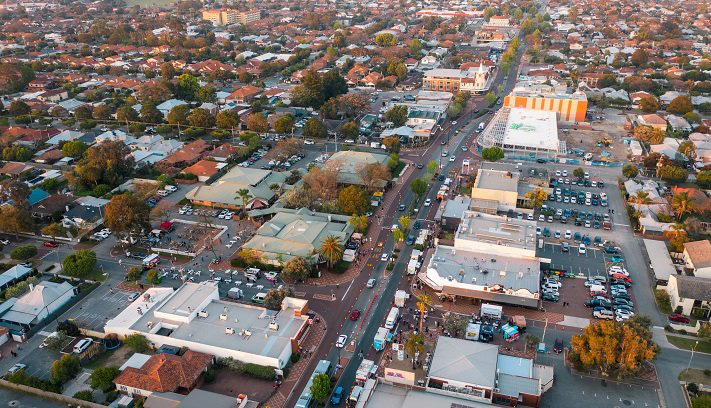
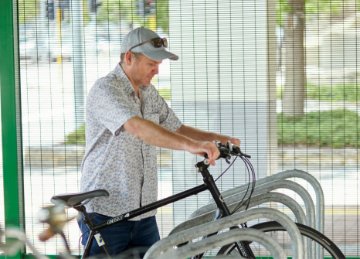
The local community describes Glendalough as a nature filled, connected neighbourhood. To better understand what is means to be ‘a local’ our suburb profile seeks to understand the local stories Koora (past), Yeyi (present), Boordawan (future) and respond to Ngalang Maya (our place). This snapshot identifies the unique character of Glendalough’s neighbourhood and helps the City rethink how we deliver services with a local focus.
Glendalough means 'valley of the lakes', as it is located between Lake Monger and Herdsman Lake. The majority of housing is brick and tile with timber floors. Find out more about Glendalough, including residential and community development.
What it means to be a 'local'
The name honours a Catholic centre in Ireland, where a hermitage was established in the 7th Century. A crown grant for Glendalough and a portion of Herdsman Lake was made in 1837 to Thomas Helms and eventually transferred to Bishop Gibney in 1887, who leased much of it to market gardeners.
The locality of Glendalough has a strong association with the Catholic Church with the northern portion passing through several orders of the Roman Catholic Church until 1921, when the Little Sisters of the Poor used it as a site for a rest home.
In 1949, the State Housing Commission bought part of Glendalough for subdivision and began to develop the area. Five of the early streets surveyed in the locality, including Leeder Street and Powis Street, were named after passengers on the ship Rockingham.
Glendalough Open Space
Jon Sanders Dr, Glendalough WA 6016.
Herdsman Lake Walking Group
6.00pm, Monday to Friday
HerdiesWalkers@gmail.com.
Local schools
Local focus
These are the top local priorities you've told us are important for Glendalough.
What you've told us so far
"More police because of the riff raff walking the street late at night yelling."
What we're doing
The City currently operates 19 Ranger Service vehicles between 7.00am and 7.00pm, Monday to Sunday, with four Community Patrol vehicles operating 24/7, 365 days a year. Patrol locations and equipment deployment are guided by data, rather than a blanket approach, ensuring resources are focused on areas of greatest need. During priority times, the City can increase the number of Community Patrol vehicles to up to seven.
Learn more about community safety initiatives in the City of Stirling.
What you've told us so far
"More street lighting would be good."
What we're doing
Faulty street lighting can be reported directly to Western Power, which is responsible for the operational management of all street lights.
Report faulty street lighting directly to Western Power at 13 13 51, or via their online form.
What you've told us so far
"Parking has become a major concern."
What we're doing
While on-street parking may not have been common in the past, it is becoming increasingly prevalent due to rising residential development across the Perth metropolitan area and reduced verge space. The City generally does not object to on-street parking unless safety is compromised. Specific locations of concern are welcomed for consideration.
To make a report, call the City's Community Patrol on 1300 365 356 (24/7 services) or report online.
Learn more about community safety initiatives in the City of Stirling.
What you've told us so far
"More native street trees would be good."
What we're doing
Through the 2025/26 plan and budget, 10,000 trees will be planted in parks and verges. The City plants a diverse range of species to safeguard our urban forest against climate change, pests and diseases which includes at least 60% Australian natives.
Learn more on the Living Green Program webpage, or sign up for the Living Green newsletter for more updates.
What you've told us so far
"Need better education programs on how to use bins."
What we're doing
The City is continuing to develop a broad range of workshops to support residents to reduce their waste and learn new skills in reuse, repair and a variety of waste avoidance measures.
Our Waste Engagement team work closely with the state lead WasteSorted WA program to ensure our communications on waste sorting are consistent with the agreed accepted materials and develop signage, flyers, digital and print media to support our residents to correctly sort waste in our three-bin Garden Organics (GO) service.
The City has just launched our online Waste and Recycling Guide 2025/26, with many new features now accessible to click through, including the Recycle Right A-Z Guide, virtual tours of our recycling material recovery facility and direct access to book an on-demand collection or bin service.
We continue to develop new and updated materials for use in the community and to distribute to strata managers for ensuring all residents at multi-unit dwellings are aware of the correct disposal paths available.
Learn more about waste and recycling in the City, or view the Waste and Recycling Guide 2025/2026 online.
Facts
Glendalough population
Average number of people per household
The average age in Glendalough is 34 years old
Top five birthplaces
Median weekly household income
76% of residents are satisfied with liveability
Local plans
Glendalough is characterised by a significant number of grouped and multiple-unit residential developments with older character housing interspersed throughout.
The majority of post-war housing was built of brick and tile, often with timber floors, while the unit developments in Glendalough were built in the 1970s. Most of the units within the area are concentrated around Harborne Street and Cayley Street, near Glendalough train station.
With the exception of the high-rise unit developments, the majority of residential development does not exceed 2 storeys.
Glendalough contains 3ha of public open space with two local open spaces. Glendalough is located adjacent to the significant regional recreational reserves of Lake Monger and Herdsman Lake.
There is a small shopping centre on the corner of Powis Street and Harborne Street, which provides for local needs.
Glendalough contains two schools, the Lake Monger Primary School and the Chrysalis Montessori School, as well as a senior citizens home.
Significant landmarks
Significant landmarks include the Glendalough Parish, originally built in 1898 as a reform school. It was the first building established by the Catholic Church within the boundaries of the City of Stirling.
Glendalough train station was built as part of Perth's northern suburbs transit system and provides Glendalough residents with convenient access to public transport with many using it as a transfer station for buses to Scarborough Beach.
A small section of Glendalough adjoining Lake Monger is officially outside the bounds of the City of Stirling.
Projects and engagements



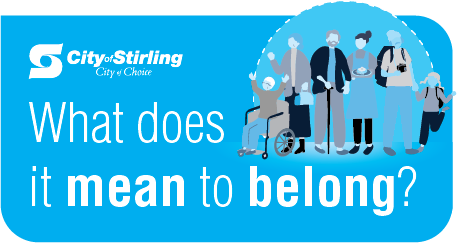
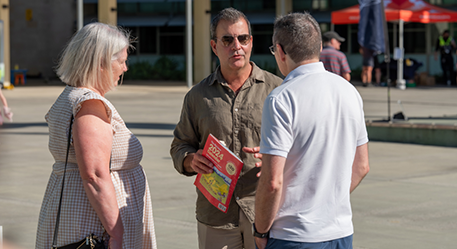

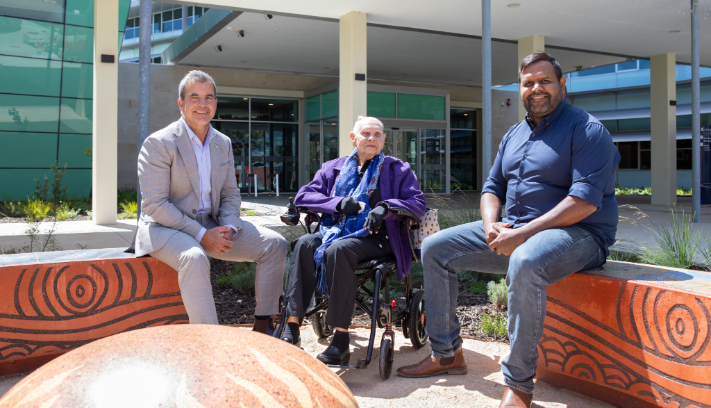
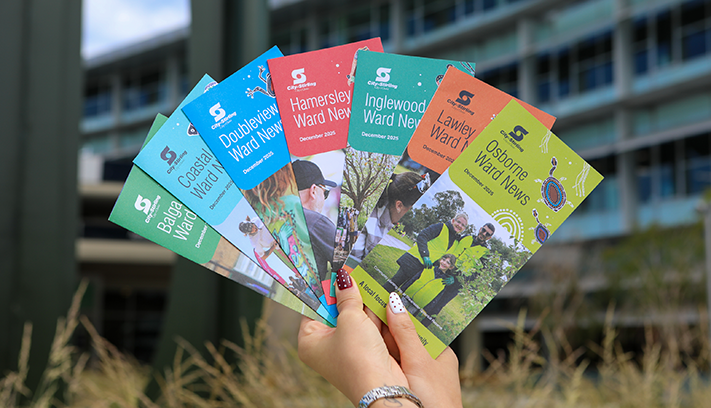
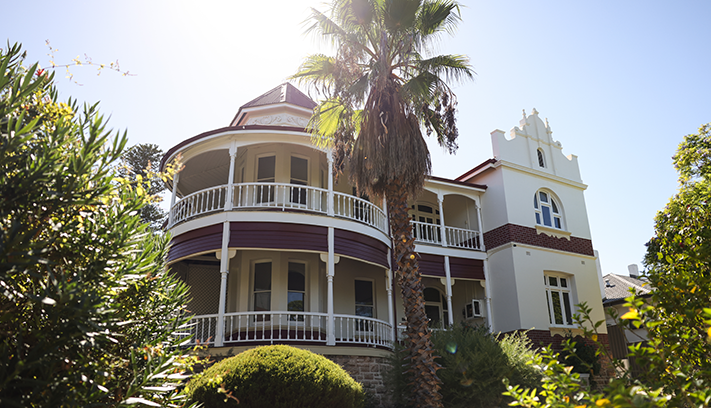
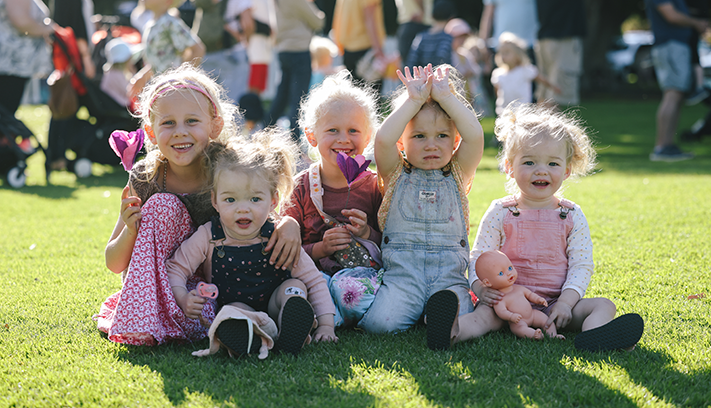
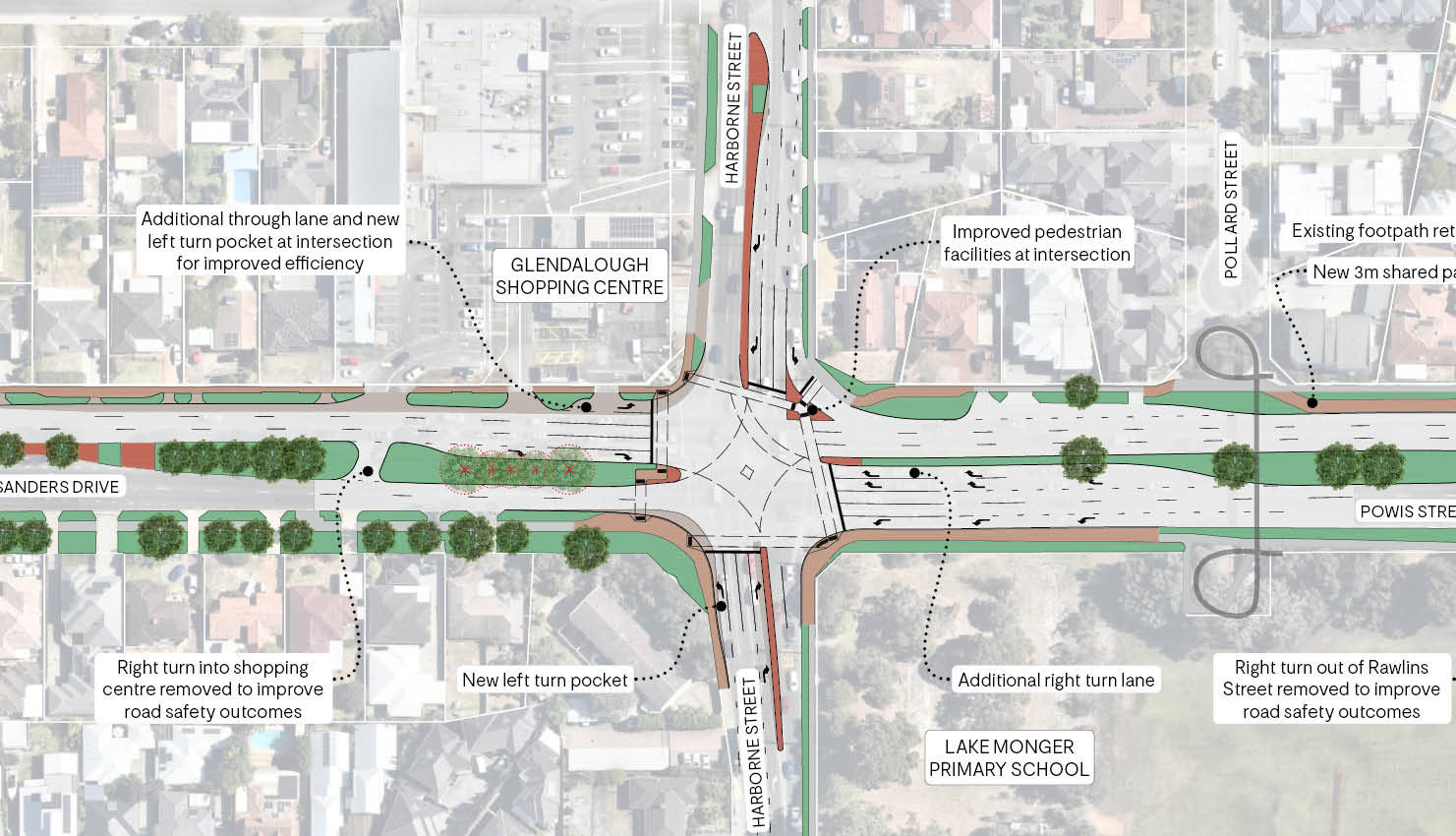
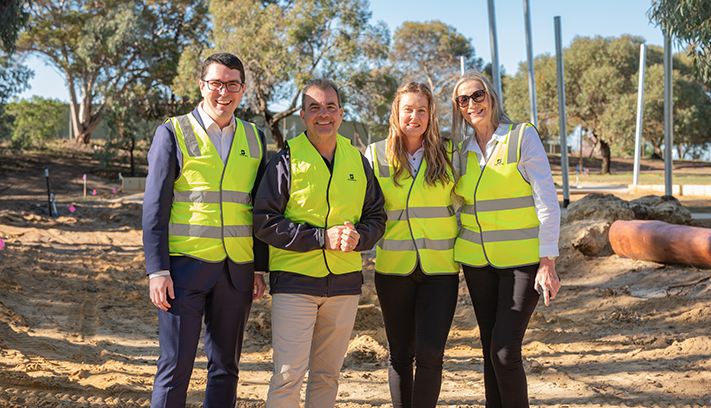

.png)



